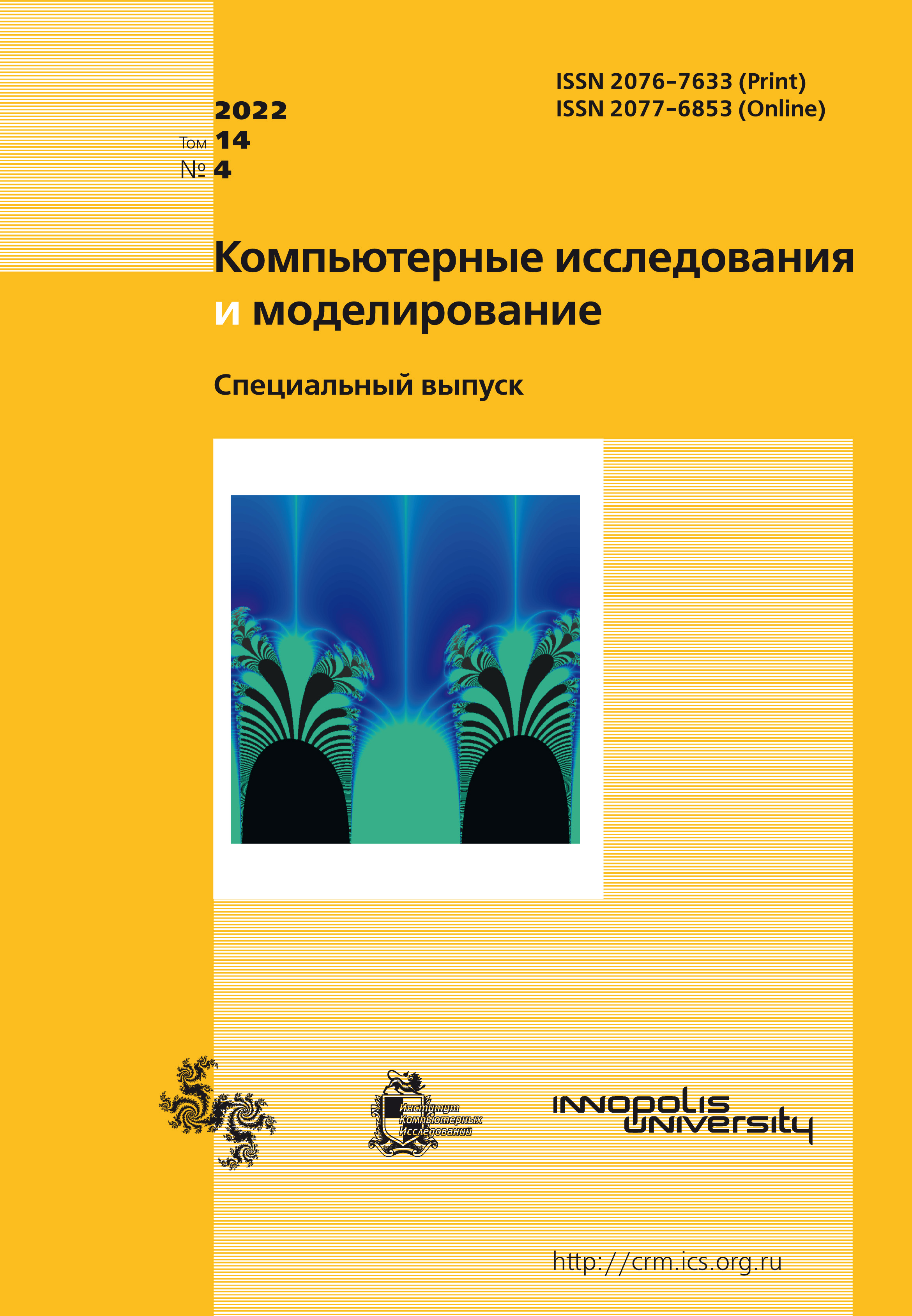All issues
- 2024 Vol. 16
- Issue 1 (special issue)
- 2023 Vol. 15
- 2022 Vol. 14
- 2021 Vol. 13
- 2020 Vol. 12
- 2019 Vol. 11
- 2018 Vol. 10
- 2017 Vol. 9
- 2016 Vol. 8
- 2015 Vol. 7
- 2014 Vol. 6
- 2013 Vol. 5
- 2012 Vol. 4
- 2011 Vol. 3
- 2010 Vol. 2
- 2009 Vol. 1
Personalization of mathematical models in cardiology: obstacles and perspectives
 pdf (2013K)
pdf (2013K)
Most biomechanical tasks of interest to clinicians can be solved only using personalized mathematical models. Such models allow to formalize and relate key pathophysiological processes, basing on clinically available data evaluate non-measurable parameters that are important for the diagnosis of diseases, predict the result of a therapeutic or surgical intervention. The use of models in clinical practice imposes additional restrictions: clinicians require model validation on clinical cases, the speed and automation of the entire calculated technological chain, from processing input data to obtaining a result. Limitations on the simulation time, determined by the time of making a medical decision (of the order of several minutes), imply the use of reduction methods that correctly describe the processes under study within the framework of reduced models or machine learning tools.
Personalization of models requires patient-oriented parameters, personalized geometry of a computational domain and generation of a computational mesh. Model parameters are estimated by direct measurements, or methods of solving inverse problems, or methods of machine learning. The requirement of personalization imposes severe restrictions on the number of fitted parameters that can be measured under standard clinical conditions. In addition to parameters, the model operates with boundary conditions that must take into account the patient’s characteristics. Methods for setting personalized boundary conditions significantly depend on the clinical setting of the problem and clinical data. Building a personalized computational domain through segmentation of medical images and generation of the computational grid, as a rule, takes a lot of time and effort due to manual or semi-automatic operations. Development of automated methods for setting personalized boundary conditions and segmentation of medical images with the subsequent construction of a computational grid is the key to the widespread use of mathematical modeling in clinical practice.
The aim of this work is to review our solutions for personalization of mathematical models within the framework of three tasks of clinical cardiology: virtual assessment of hemodynamic significance of coronary artery stenosis, calculation of global blood flow after hemodynamic correction of complex heart defects, calculating characteristics of coaptation of reconstructed aortic valve.
Indexed in Scopus
Full-text version of the journal is also available on the web site of the scientific electronic library eLIBRARY.RU
The journal is included in the Russian Science Citation Index
The journal is included in the RSCI
International Interdisciplinary Conference "Mathematics. Computing. Education"






